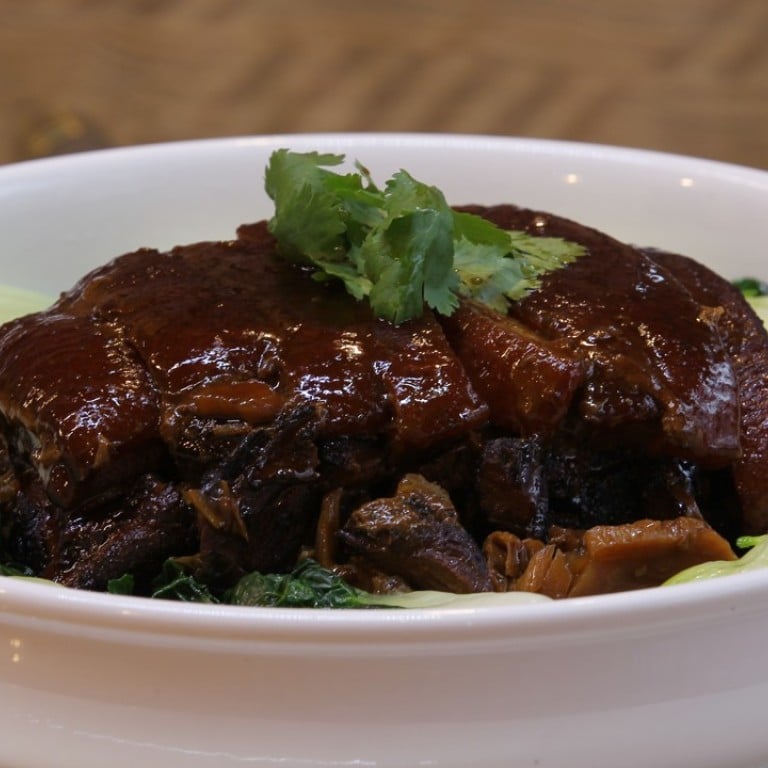
The Hakka cuisine in Hong Kong that brings diners to tears, and why restaurants serving it may be on borrowed time
Poverty forced Hakka people to be creative cooks, and the result was salty, rich and hearty dishes that reinvigorated the body. While the cuisine is still popular in Hong Kong, chefs are unsure how long Hakka culture can endure
In days past, they were treated as outsiders by the societies they lived in. Today, their food and gastronomy are firmly on the map of Chinese culinary culture.
They are Hakka – a word that means “guest families”. In the past, Hakka people were largely Han Chinese migrating from the north of China to the south, fleeing war and poverty.
Shenzhen village plays host to Hakka descendants – including Jamaican/African Americans
An estimated 65 per cent of the world’s Hakka people now live in Hong Kong and southern China’s Guangdong province, with other sizeable communities in Fujian and Taiwan. Hakka have spread to every corner of the world, from Malaysia, Indonesia and Singapore to North America and Europe.
The Hakka dishes cooked in those places are mostly modified, having been fused with local cuisines. The Hakka Cookbook: Chinese Soul Food from Around the World by Linda Lau Anusasananan attests to the wild variation in Hakka recipes.
Most Hakka people used to live off the land. After toiling in the fields, they needed a high-sodium diet to reinvigorate themselves. This shaped the characteristics of Hakka dishes – salty, rich and hearty, but also frugal to counter inconsistent food supply.

Hakka people migrated from China to Hong Kong in search of a better life. Most settled in the New Territories, where they built walled villages to protect themselves against attack by other Hakka clans or locals.
Lau Chung-kwong, now 74, was one of those migrants. His parents moved to Hong Kong first, before he joined them at the age of 14. “We chose to settle in the New Territories because living there was inexpensive,” he says.
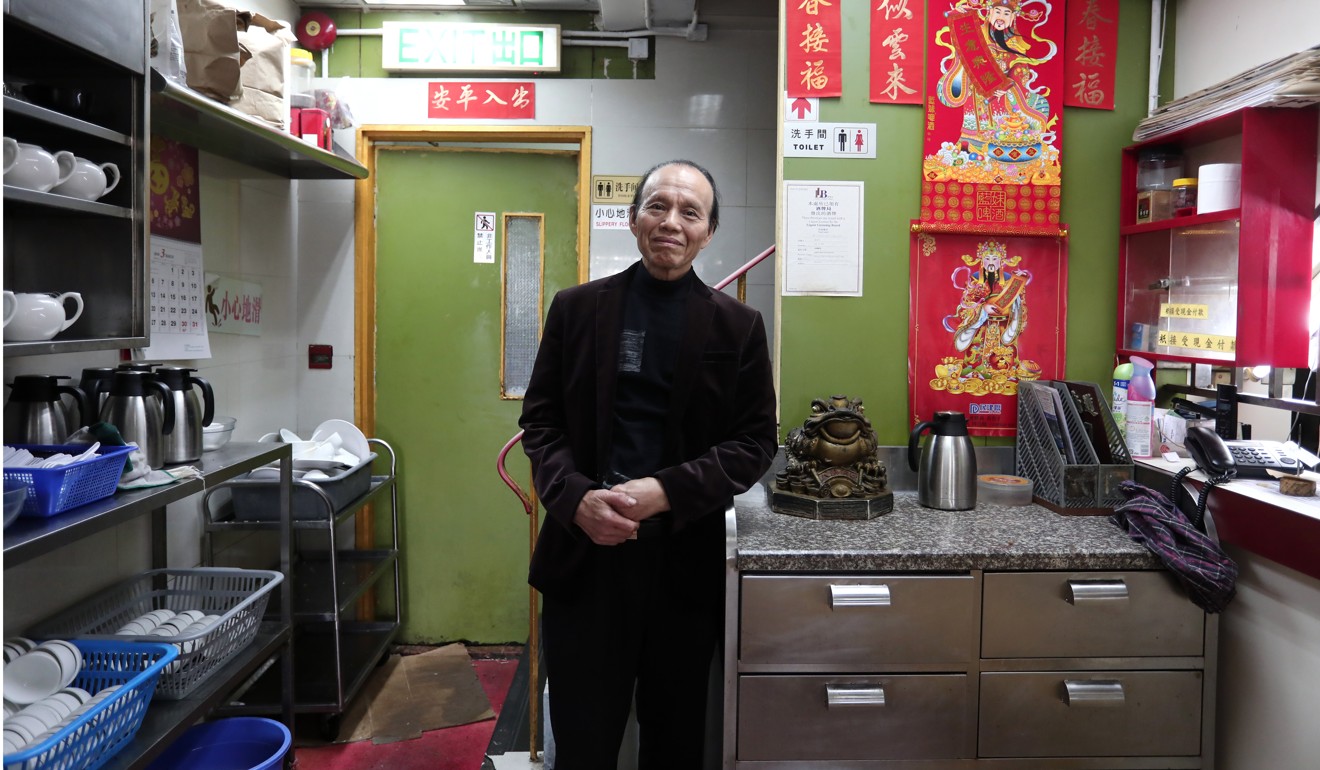
The elderly man, still firm and feisty, runs the Kong Hing Restaurant, a Hakka-style restaurant in Tai Wai in the southern New Territories which he opened in 1988. He says chicken, pork, pig intestines and bean curd were the main sources of protein for older Hakka generations when food was scarce.
While new Hakka dishes have emerged thanks to the greater diversity and abundance of food available to families, these four ingredients still stand out on today’s Hakka menus.
Pork-stuffed bean curd with egg dumplings in broth combines several proteins that were relatively accessible in poorer times.
It is not easy to make egg dumplings, but Lau has perfected the technique thanks to 30 years of experience. Gauging when the temperature of the oil is right, he ladles in well-beaten eggs, which quickly sizzle and turn gold.
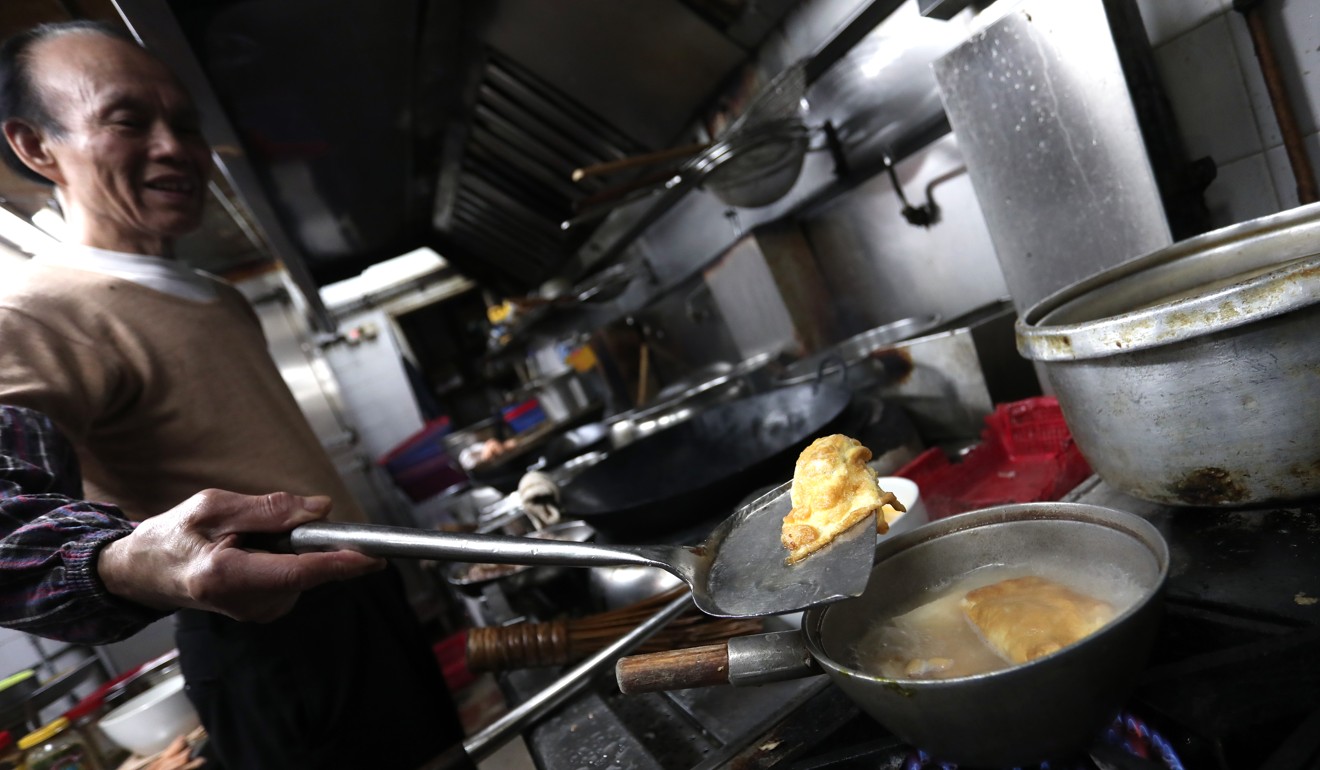
With the eggs’ bottom nearly set but the top still wet, he places a dollop of filling in – minced pork with chopped winter mushrooms, water chestnuts and squid – before carefully folding the egg wrapper shut.
When the dumplings are set and browned, Lau deftly ladles them into a simmering pot of pork and fish broth so they absorb the liquid’s umami. Seared pork-stuffed bean curd serves as the foundation to the dish, with the crescent-shaped dumplings placed on top.
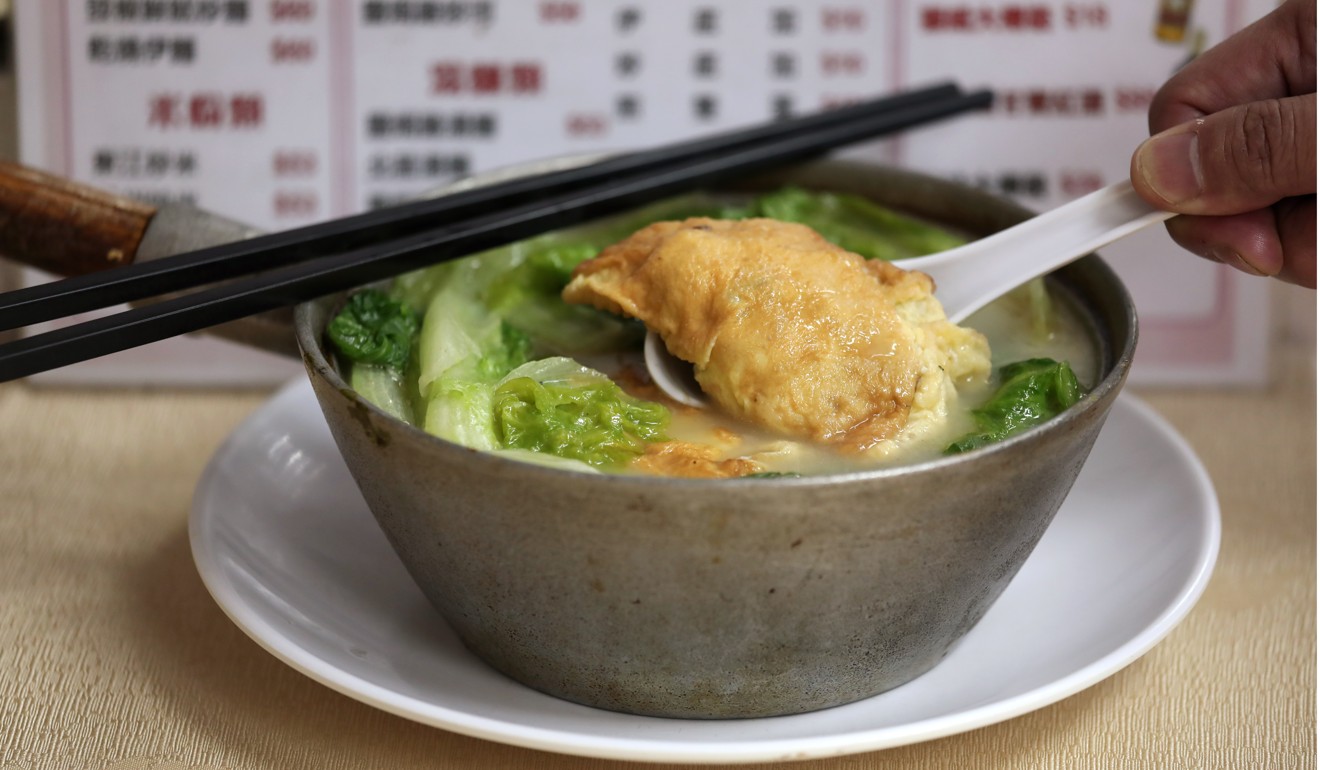
The item that dates back the longest on Lau’s menu is sautéed pig tripe with pickled mustard greens and wine lees. In the old days, Hakka people devised a way to preserve vegetables better and longer by putting vegetables such as leaf mustard and radish in brine and letting them ferment. Even glutinous rice was fermented in Chinese wine.
It’s difficult to hire young chefs – even harder to find chefs with know-how in Hakka cooking
“We made it ourselves,” Lau says with pride, setting down a jar of fermented glutinous rice made by his Hakka relatives in Guangdong. Lift the lid and you get a pungent smell with a heady note of alcohol and tartness. He says it goes perfectly with pig offal, which often has an unpleasant smell. “It removes the odour and lends its aroma to the tripe in this dish.”
Lau says the fermented glutinous rice also pairs well with chicken and shrimps, which on their own have little taste. “The alcohol content evaporates in the presence of heat, while the wine’s distinctive aroma is left behind and absorbed by the meat.”

Braising is also common in a Hakka household kitchen. “At home, we used to braise the chicken with some seasonings and eat it with ginger purée dip. It’s very simple but tasty,” Lau says.
Lau channels fond childhood memories of home-made dishes into his menu. He offers some humble dishes, while giving them a colourful twist to satisfy today’s discerning foodies.
Among these dishes is braised beef bone marrow with three treasures – a reference to boned duck’s feet, winter mushrooms and shiitake, and quail eggs. The result is a gelatinous stew loaded with collagen from the bone marrow and duck’s feet.
Inside Fujian’s Unesco-listed Hakka roundhouses: their history, architecture and why heritage status is mixed blessing
According to So Wai-hon, owner and head chef of the Sun Hon Kee restaurant in Fanling, in the northern New Territories, there is a misunderstanding about Hakka food today.
“Hakka minorities in Hong Kong eat quite differently from their counterparts in China. However, most people [think of everything] generically as ‘Hakka food’,” he says. “Strictly speaking, the cuisine that Chinese Hakka people are familiar with is called Dong Jiang [Dong River], and is based on poultry and pork, whereas the Hong Kong Hakka diet emphasises fish and seafood.”
Taiwan style, he adds, is closer to that of the Hong Kong Hakka dishes, whereas Hakka food in Malaysia tends to be spicy and heavy.
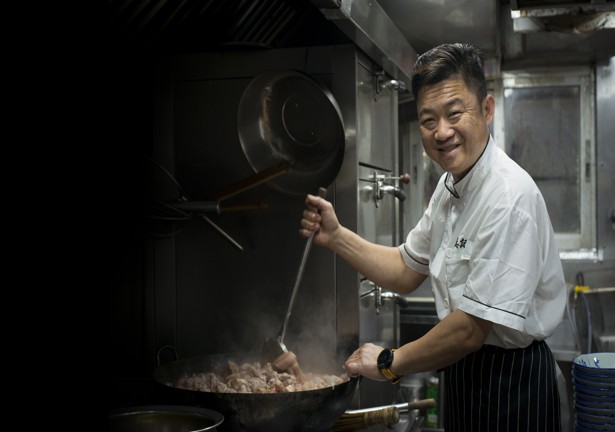
Many Hakka settlers in Hong Kong were fishermen, as was So’s father. “He would bring home his catch from time to time,” So recalls. “There were no fridges back then. When we got some fish, we would eat it fresh that day, reserve some for the next couple of days by curing it with sea salt, and sun-dry the rest for future consumption.”
Poverty, he explains, forced people to be creative with ingredients.
Taking a bite of the food here, two customers who had lived overseas for decades cried. They said the flavour reminded them of their grandmas
The old Hakka community was a tight-knit group where people living in the same village shared the fun of cooking and eating together, So says.
“On festivals and celebrations for big days – such as the birth of a baby, weddings and worshipping ancestors – we would slaughter pigs, ducks and chickens. Everyone turned up at an open space, cooking together on communal stoves and tucking into the feast.”
So’s repertoire of dishes includes Hakka homestyle recipes such as braised pork belly with pickled mustard greens. Pork belly cubes with the skin left on are braised in fermented red bean curd sauce and ground soybean sauce (nanru, or southern bean curd), sweetened by slab sugar made out of sugar cane. These three condiments give the pork cubes their lip-smacking red glaze.
The sour pickles in the dish cut the richness of the meat, adding freshness and crunchiness. “Every household had urns of pickles. The quality of the end product depended on the weather and temperature,” says So. Hot weather quickens the fermentation process but the pickles may taste less palatable than those pickled in cold seasons, he says.
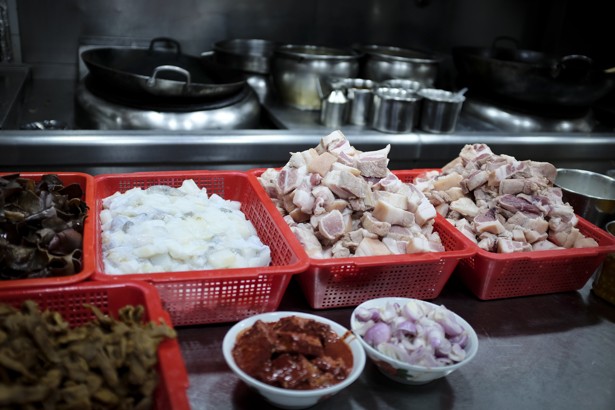
Fish is a common feature on So’s menu, served either cured or fresh. Because freshwater fish has an unpleasant, earthy-musky odour, So prefers to sauté it with shreds of pepper. Marine fish such as ma yau, or threadfin, he cures overnight before putting it in the steamer together with shredded ginger and oil.
“It may sound pedestrian, but it’s impressively xia fan [meaning it goes well with rice]. You could down several bowls of rice with the steamed fish.”
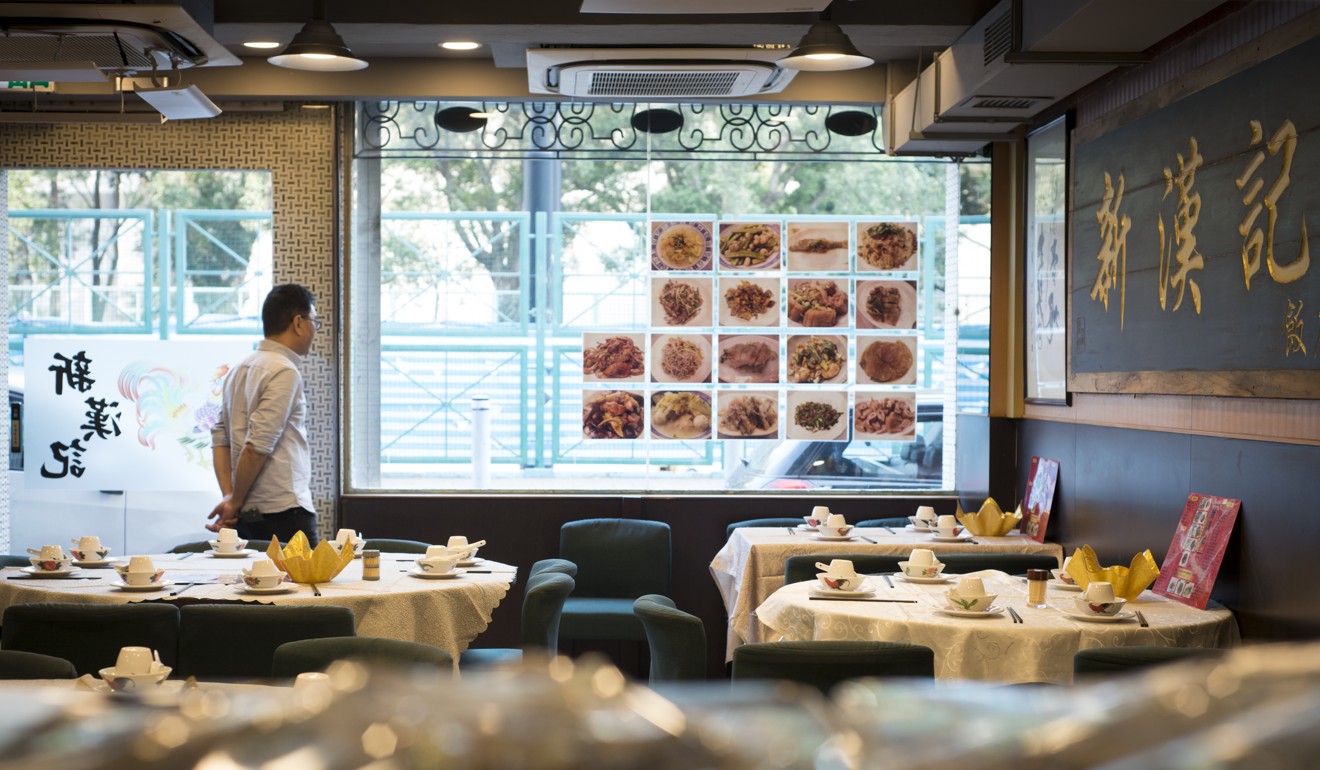
Hakka food can also be found in fine-dining form today. Red Kitchen in Yuen Long is a private kitchen that hosts only four VIP-like tables every day, its meals priced at HK$250 per person.
The owner, Andy Yeung, has many Hakka friends in different areas in Guangdong. This wide network gives him access to authentic Hakka dishes, preparation secrets and quality ingredients such as dried bamboo shoots.
“The variety [of bamboo] grown by Hakka families in Guangdong is the best I’ve ever tasted,” he says. “It’s crisp, tender and juicy, imparting natural sweetness.”
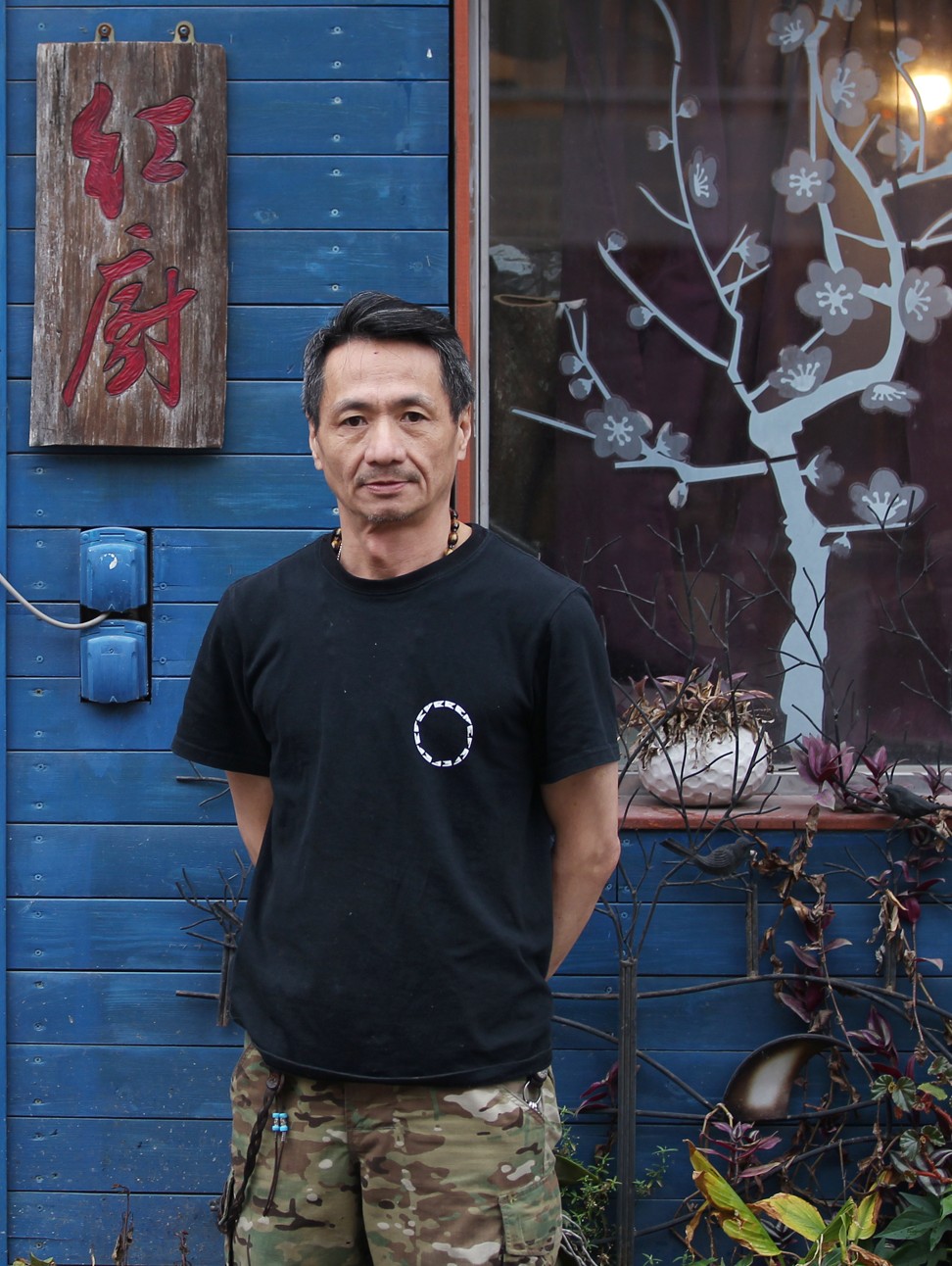
He explains that the art of cultivating bamboo shoots lies in timing. “When the shoots just poke out of the ground, it’s the best time to harvest. If you leave it exposed to the sun for long, you’re past its prime.”
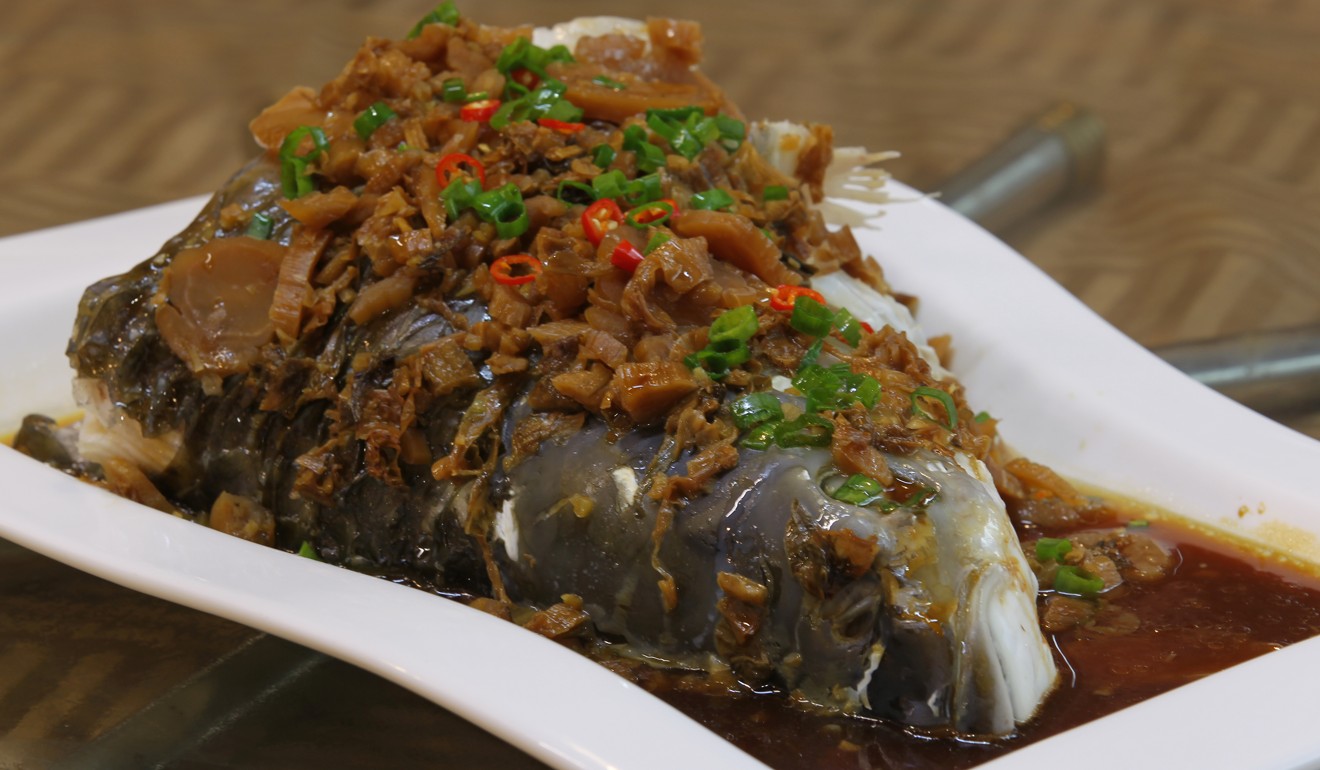
Although their businesses have fared well so far, the three are unsure about how long Hakka culture can endure.
“It’s difficult to hire young chefs – even harder to find chefs with know-how in Hakka cooking,” says Lau, who thinks he may retire in five years’ time.
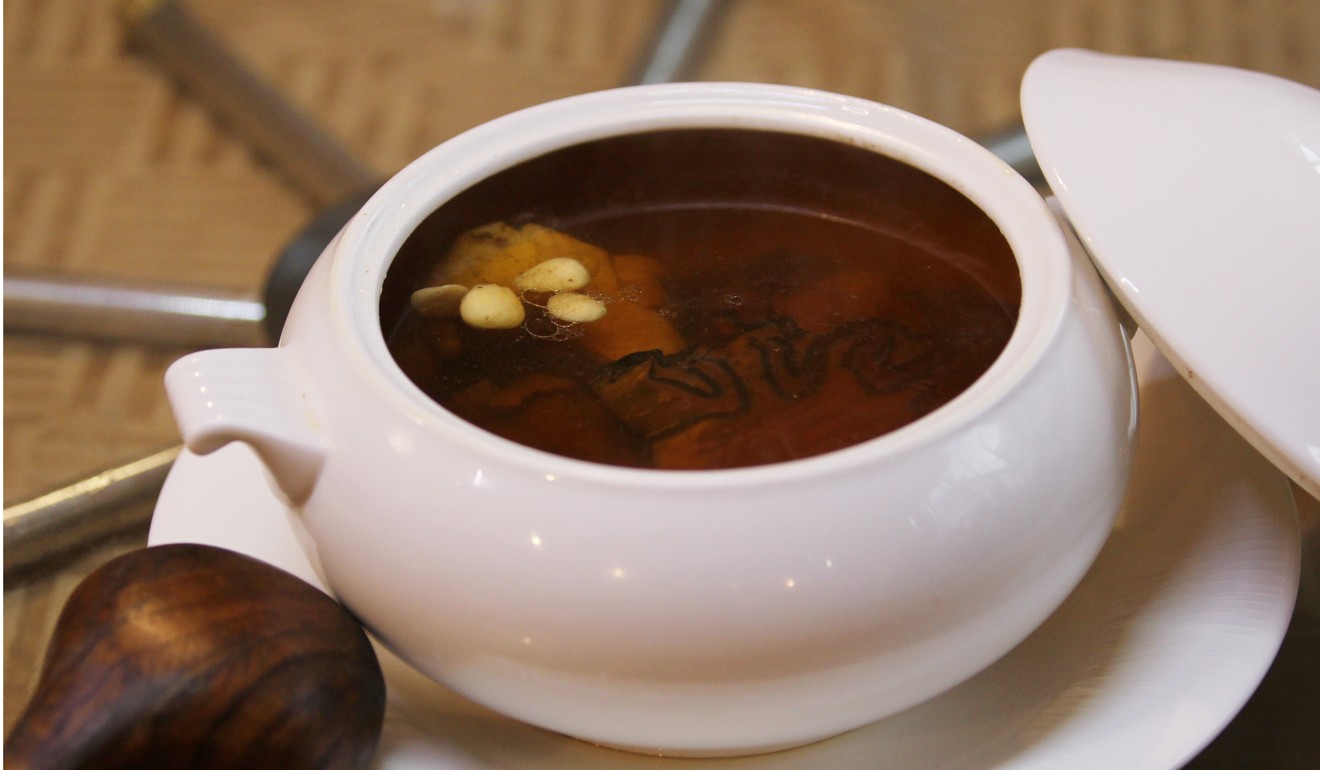
So’s concerns are fuelled by the fact that very few youngsters of Hakka origin can speak the Hakka dialect – considered an element of intangible cultural heritage in Hong Kong.
New hope for Hong Kong’s vanishing languages and cultures?
He believes Hakka cuisine is about nostalgia and a strong sense of community and belonging. He says the nostalgic flavours have even brought customers to tears.
“There were two customers who had lived abroad for decades returning to Hong Kong and eating in my restaurant. Taking a bite of the food here, they cried. They said the flavour reminded them of their grandmas.”
Kong Hing Restaurant, 79-81 Tsuen Nam Road, Tai Wai, tel: 2691 6726
Sun Hon Kee, 5 Luen Wo Road, Fanling, tel: 2683 0000
Red Kitchen, Block 35, Chun Hing New Village, Long Ping, Yuen Long, tel: 6769 0299紅(advance booking required)
